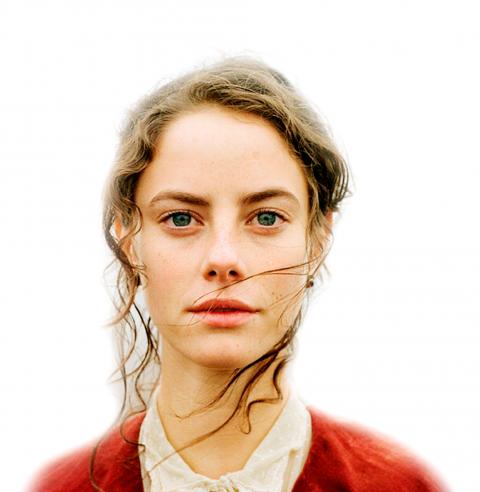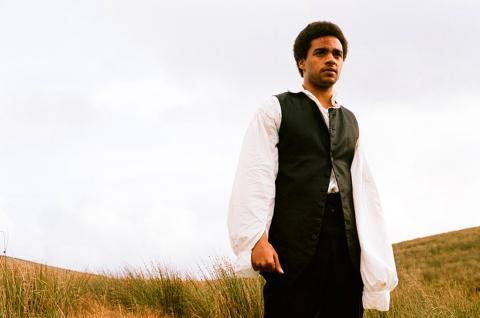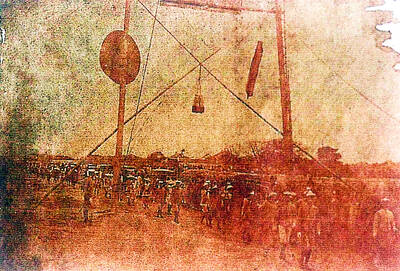There have been at least 14 adaptations of Emily Bronte’s novel Wuthering Heights for cinema and television dating back to 1920. The best known version is probably the 1939 classic with Laurence Olivier and Merle Oberon, which owed much of its success to the omission of almost half the tale.
Since then, there have been numerous television dramas, which have done more or less justice to the complete story, but have seldom escaped the framework of British period drama, often owing more to the spirit of Jane Austen than the wild, fevered imaginings of Bronte’s novel. A recent attempt to put the whole complex story onto the big screen, released in 1992, met with a lukewarm reception despite the presence of A-listers Juliette Binoche and Ralph Fiennes in the key roles.
Andrea Arnold’s new art house production has gone back to the tried and tested 1939 model, heavily pruning the second half of the tale and focusing primarily on the ill-starred love between the outsider Heathcliff and the flighty beauty Catherine Earnshaw. In virtually every other respect, Arnold has embarked on a bold new path. She takes considerable risks, and for the first half of the film, her approach generates plenty of excitement for its innovative presentation of a familiar tale.

Photo courtesy of CatchPlay
The first thing that you notice is the unconventional 1.33:1 aspect ratio, which seems almost square to the now conventional 1.85:1 widescreen format. This narrow frame is effectively used to tightly crop images, giving a sense of confinement that mirrors the emotional and physical constraints of the characters’ existence. In the opening hour of the film it is used to great effect, emphasizing the brutality and barely controlled passions of the Earnshaw household where Catherine and Heathcliff, a waif brought home by Catherine’s father in a fit of somewhat misguided Christian charity, meet and fall in love.
The second point that immediately strikes the viewer is that Heathcliff is black. Heathcliff is an outcast, and at one point in the novel is described as a “lascar,” and repeatedly as a “gypsy,” though his ethnicity is never clear. Directors have generally been content to portray Heathcliff as dark haired, in contrast to the blond Lintons, the family into which Catherine eventually marries and towards which Heathcliff harbors an enduring hatred. In casting black actors for the role, first Solomon Glave as the young Heathcliff, and subsequently James Howson, Arnold clearly has a point to make about racial discrimination (the discrimination in the novel is class based), but this in itself doesn’t really take the material anywhere new.
What is effective and interesting is the portrayal of Heathcliff as a victim. Rather than some kind of elemental wild thing, Arnold makes Heathcliff more a passive figure whose acts of cruelty are ultimately as small-minded and vicious as the ill treatment he receives from those around him. This departure seems to open up the story to new interpretations. Glave’s demeanor of aggrieved insolence works well as a counterpoint to Catherine’s teasing sense of her own sexual power, and the two build up an interesting dynamic. This is accentuated by Arnold’s cinematic technique, with regular use of choppy handheld camera, super close-ups to create almost abstract images, and seemingly random cuts to images of plants and insects of the Yorkshire moors. There are some memorable moments, such as a shot of Heathcliff sitting behind Catherine on a horse, the camera zooming in on her neck and hair: the sense of ecstatic intimacy and sensuality is strongly conveyed.

Photo courtesy of CatchPlay
While Glave is convincing enough, and Shannon Beer as the girl Catherine is a joy to watch, their counterparts as adults, James Howson and Kaya Scodelario fail to carry the passion into the second half of the film. The transition is problematical even in the novel, as a gothic image of unbridled passion gets tangled up in a tale of the long drawn-out revenge of Heathcliff against those who he views as his enemies. The situation is made worse in the film as Howson runs into the impossibility of being both the sad-sack victim and an angle of vengeance both at the same time.
As Arnold tries to wrap up the truncated ends of her story, much of the visual inventiveness seems to disappear from the film as well. She leaves the threads of romance hanging and shifts her focus back to the theme of oppression, seeming to suggest with her final scenes the idea that brutality breeds new oppressors. That’s all well and good, but what happened to the tale of transcendent love?
There is much to be admired in Arnold’s film, and for those familiar with the book it provides some interesting new perspectives. Unfortunately, it tries to achieve too many often incompatible goals, and the last third of the film is something of a trial to watch, as Arnold’s inventiveness has largely run out of steam and the performances are not strong enough to carry the story. At the end of the 129-minute running time one thinks fondly on the most succinct, though far from the least powerful interpretation of Wuthering Heights, the 1978 song by Kate Bush, which clocks in at just under five minutes.

June 23 to June 29 After capturing the walled city of Hsinchu on June 22, 1895, the Japanese hoped to quickly push south and seize control of Taiwan’s entire west coast — but their advance was stalled for more than a month. Not only did local Hakka fighters continue to cause them headaches, resistance forces even attempted to retake the city three times. “We had planned to occupy Anping (Tainan) and Takao (Kaohsiung) as soon as possible, but ever since we took Hsinchu, nearby bandits proclaiming to be ‘righteous people’ (義民) have been destroying train tracks and electrical cables, and gathering in villages

Dr. Y. Tony Yang, Associate Dean of Health Policy and Population Science at George Washington University, argued last week in a piece for the Taipei Times about former president Ma Ying-jeou (馬英九) leading a student delegation to the People’s Republic of China (PRC) that, “The real question is not whether Ma’s visit helps or hurts Taiwan — it is why Taiwan lacks a sophisticated, multi-track approach to one of the most complex geopolitical relationships in the world” (“Ma’s Visit, DPP’s Blind Spot,” June 18, page 8). Yang contends that the Democratic Progressive Party (DPP) has a blind spot: “By treating any

This year will go down in the history books. Taiwan faces enormous turmoil and uncertainty in the coming months. Which political parties are in a good position to handle big changes? All of the main parties are beset with challenges. Taking stock, this column examined the Taiwan People’s Party (TPP) (“Huang Kuo-chang’s choking the life out of the TPP,” May 28, page 12), the Democratic Progressive Party (DPP) (“Challenges amid choppy waters for the DPP,” June 14, page 12) and the Chinese Nationalist Party (KMT) (“KMT struggles to seize opportunities as ‘interesting times’ loom,” June 20, page 11). Times like these can

Swooping low over the banks of a Nile River tributary, an aid flight run by retired American military officers released a stream of food-stuffed sacks over a town emptied by fighting in South Sudan, a country wracked by conflict. Last week’s air drop was the latest in a controversial development — private contracting firms led by former US intelligence officers and military veterans delivering aid to some of the world’s deadliest conflict zones, in operations organized with governments that are combatants in the conflicts. The moves are roiling the global aid community, which warns of a more militarized, politicized and profit-seeking trend